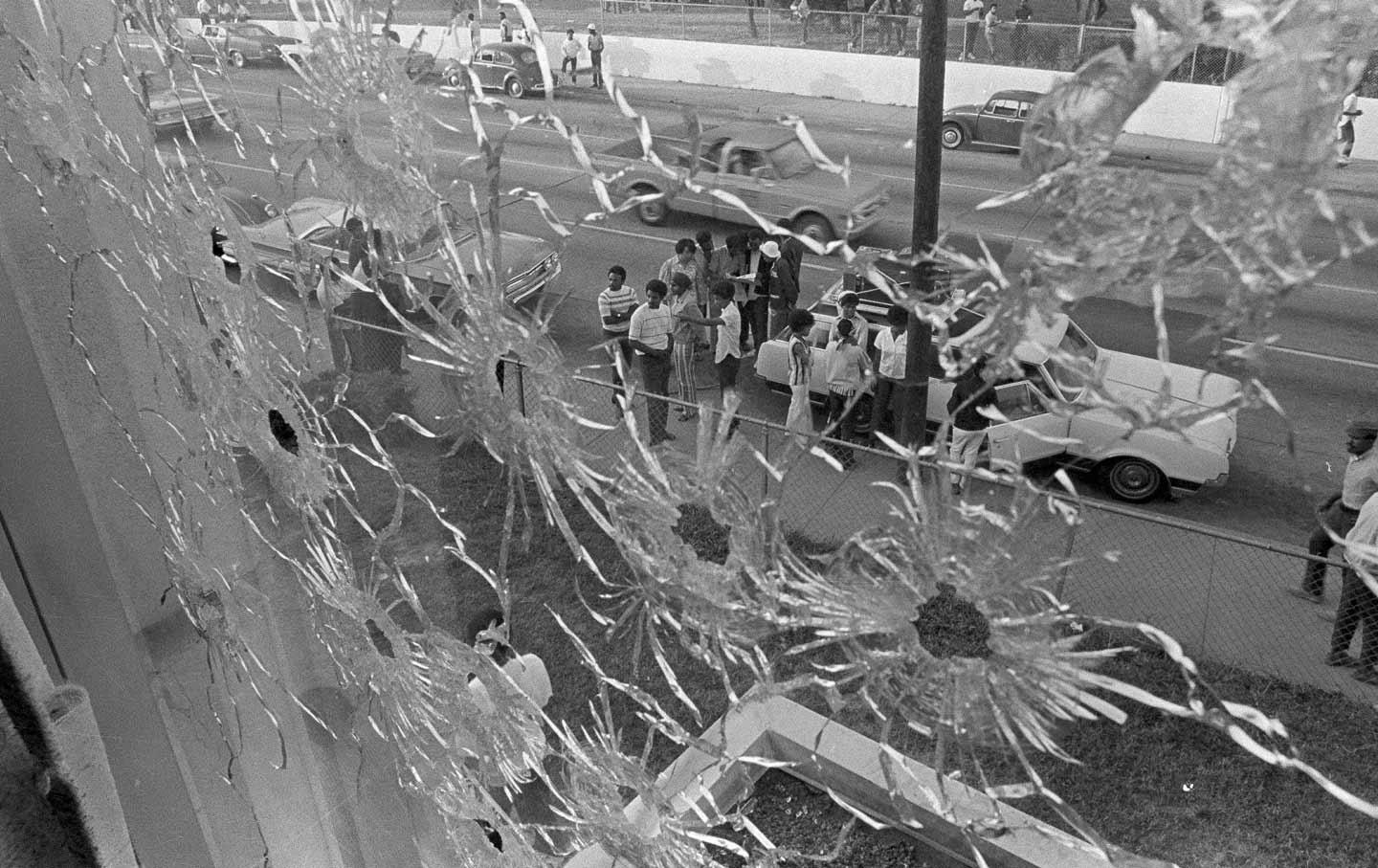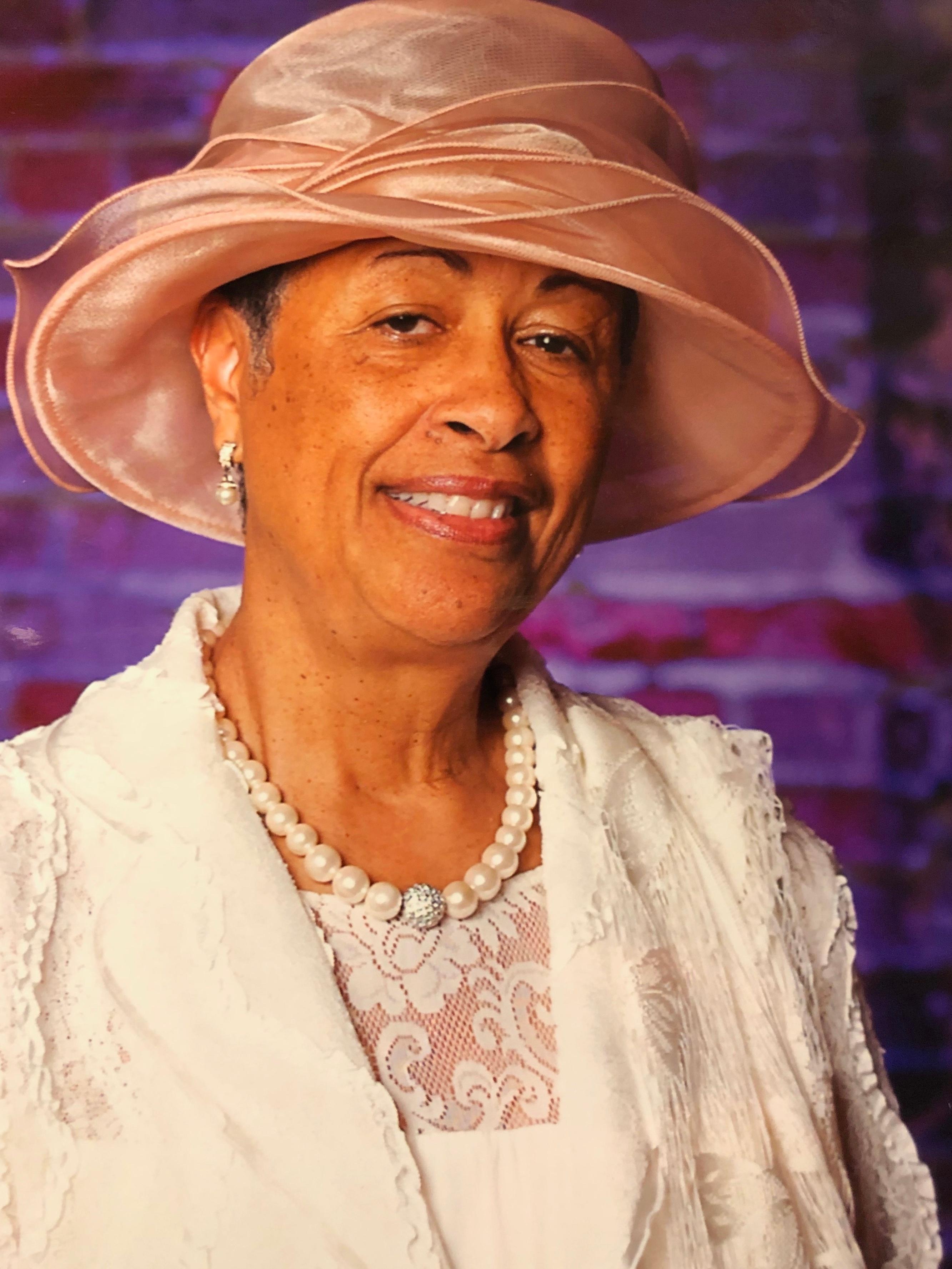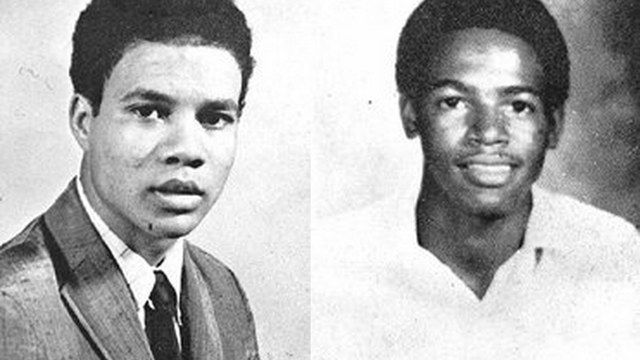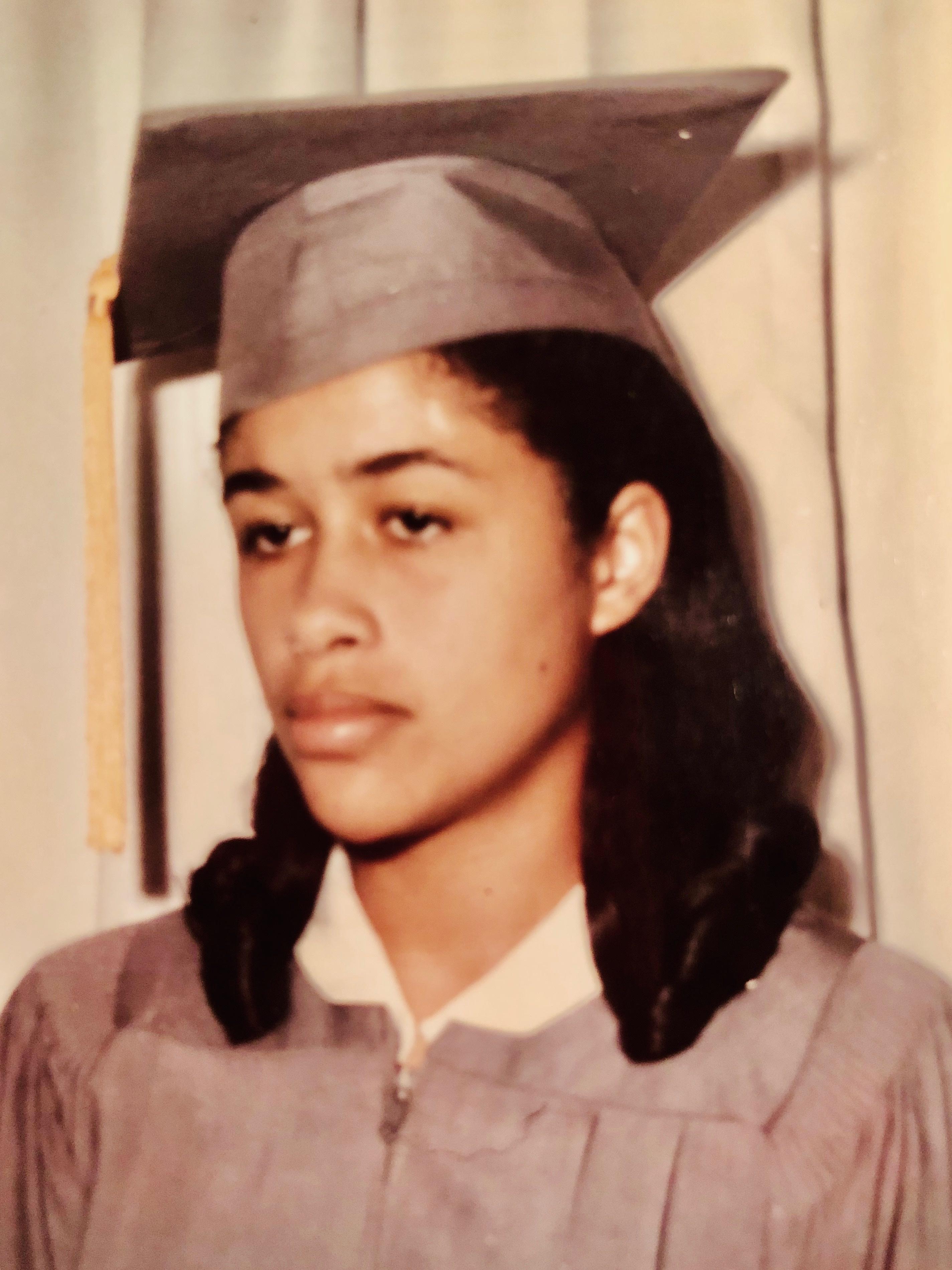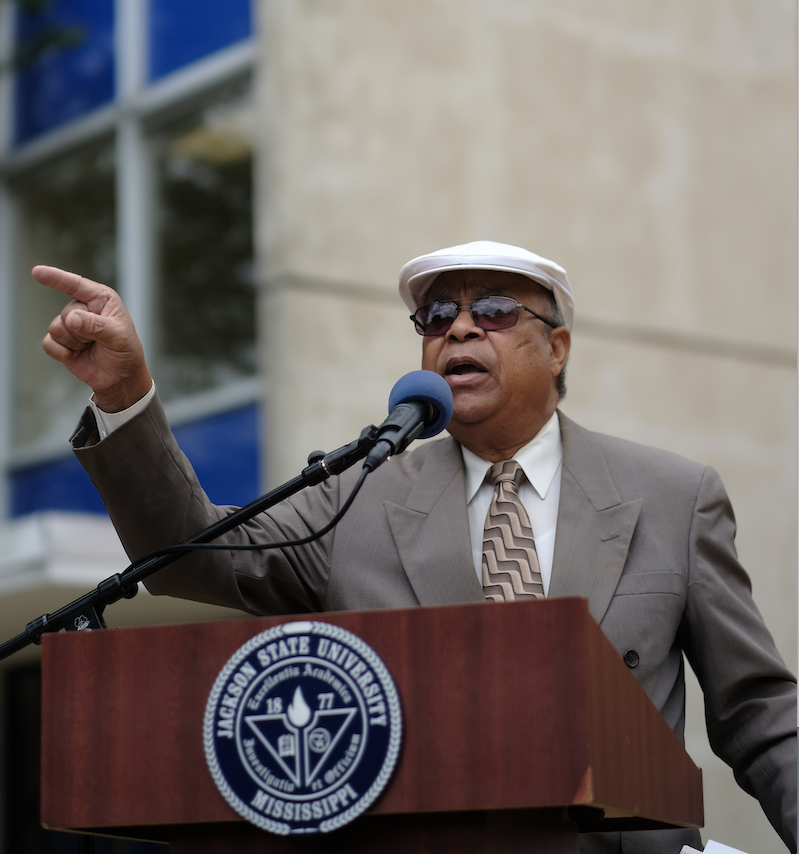Fifty years ago today, two African-American men were killed and at least a dozen other people were injured in a hail of gunfire at Jackson State University.
“I hadn’t done anything. I was just stepping out of my dormitory,” said Gailya Porter.
In May of 1970, Porter was a sophomore majoring in Sociology at the then called Jackson State College. The Monticello native lived in Alexander Hall, which was the women’s dormitory on Lynch Street where the shootings took place. Porter says she remembers rolling her hair in soupcans before bed the night of the fourteenth.
“Someone on the hall yelled ‘the corner boys are burning a vehicle down the street,’ said Porter. “My roommate said to me ‘well let’s just see what’s going on.’ So we did.”



